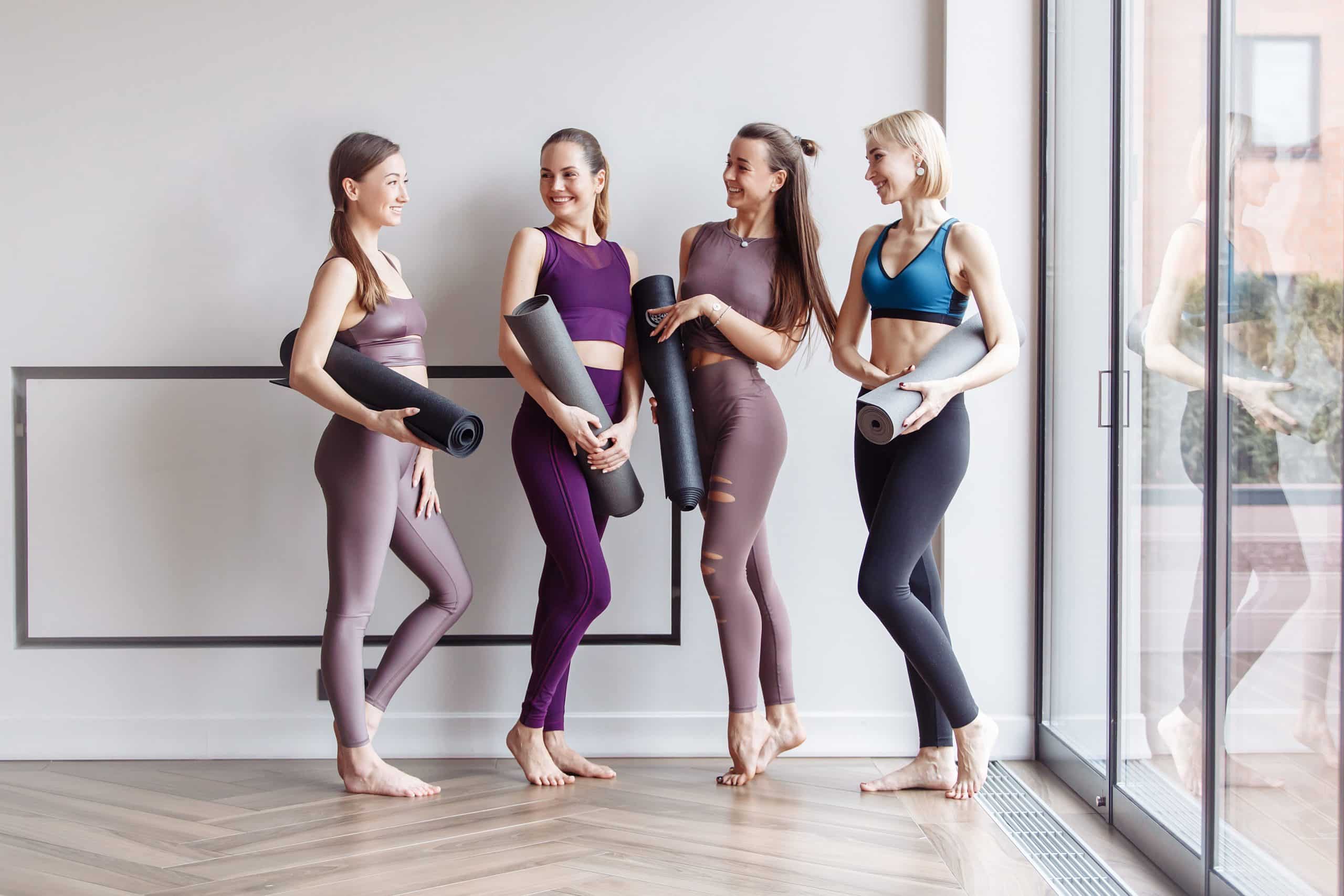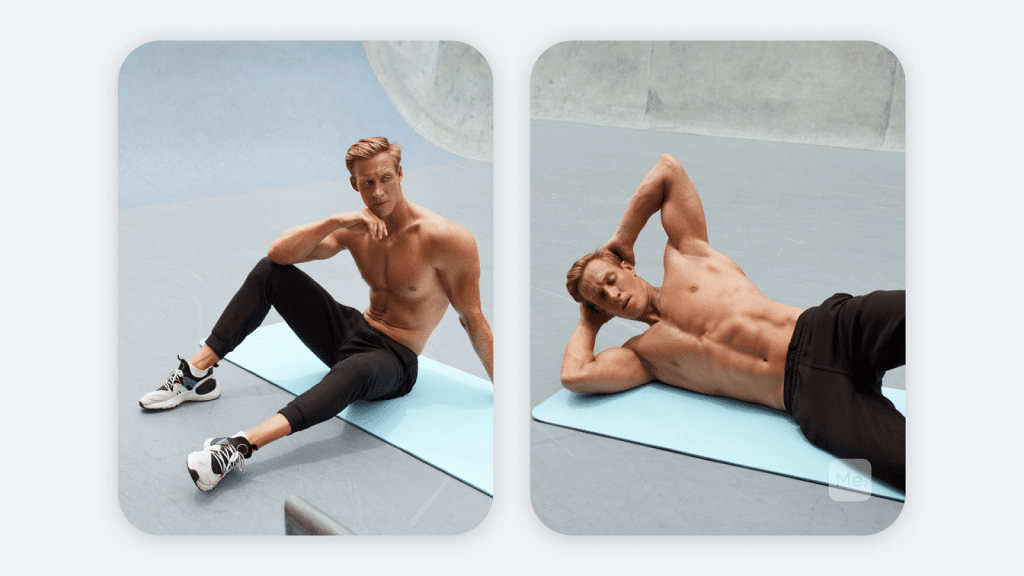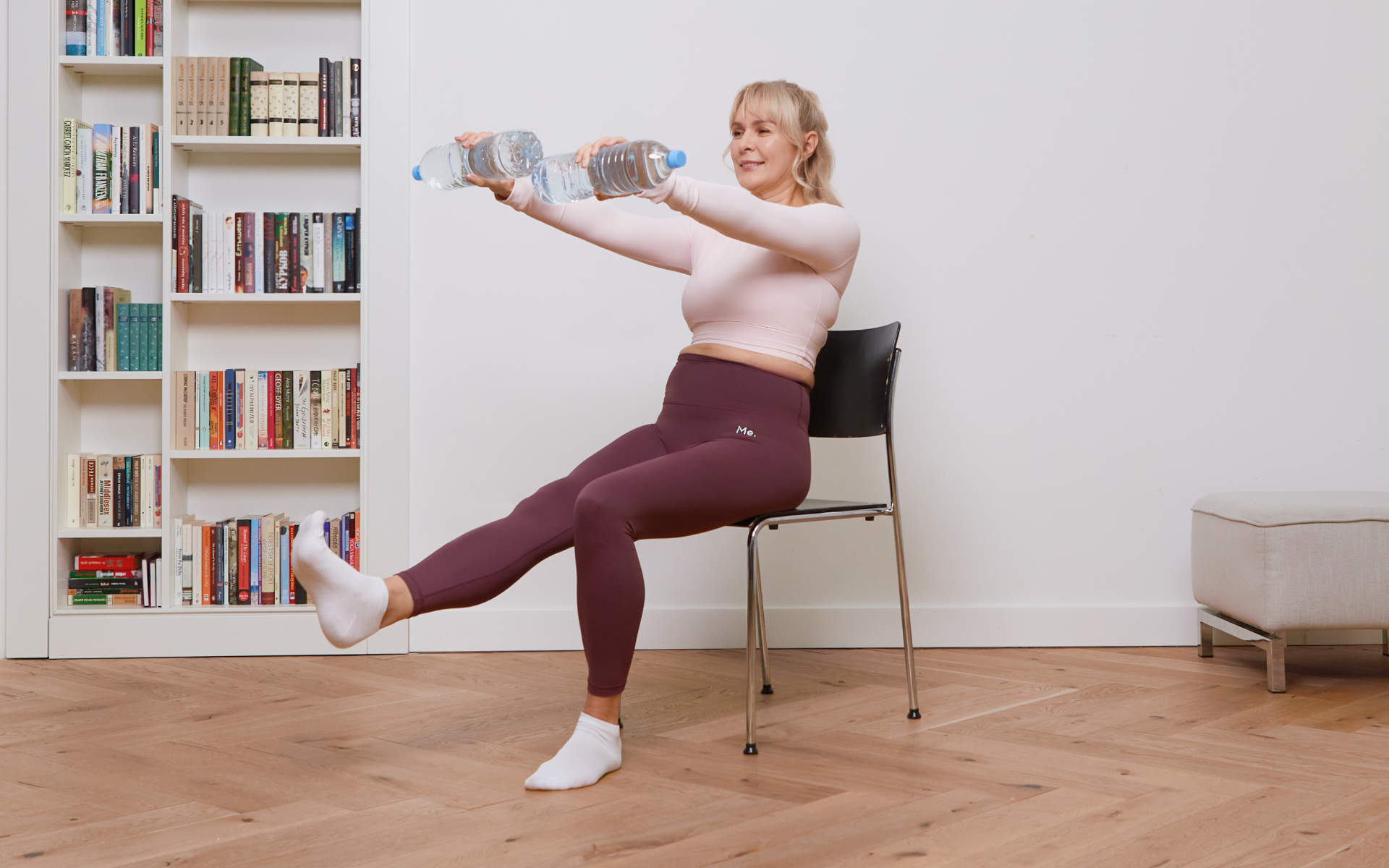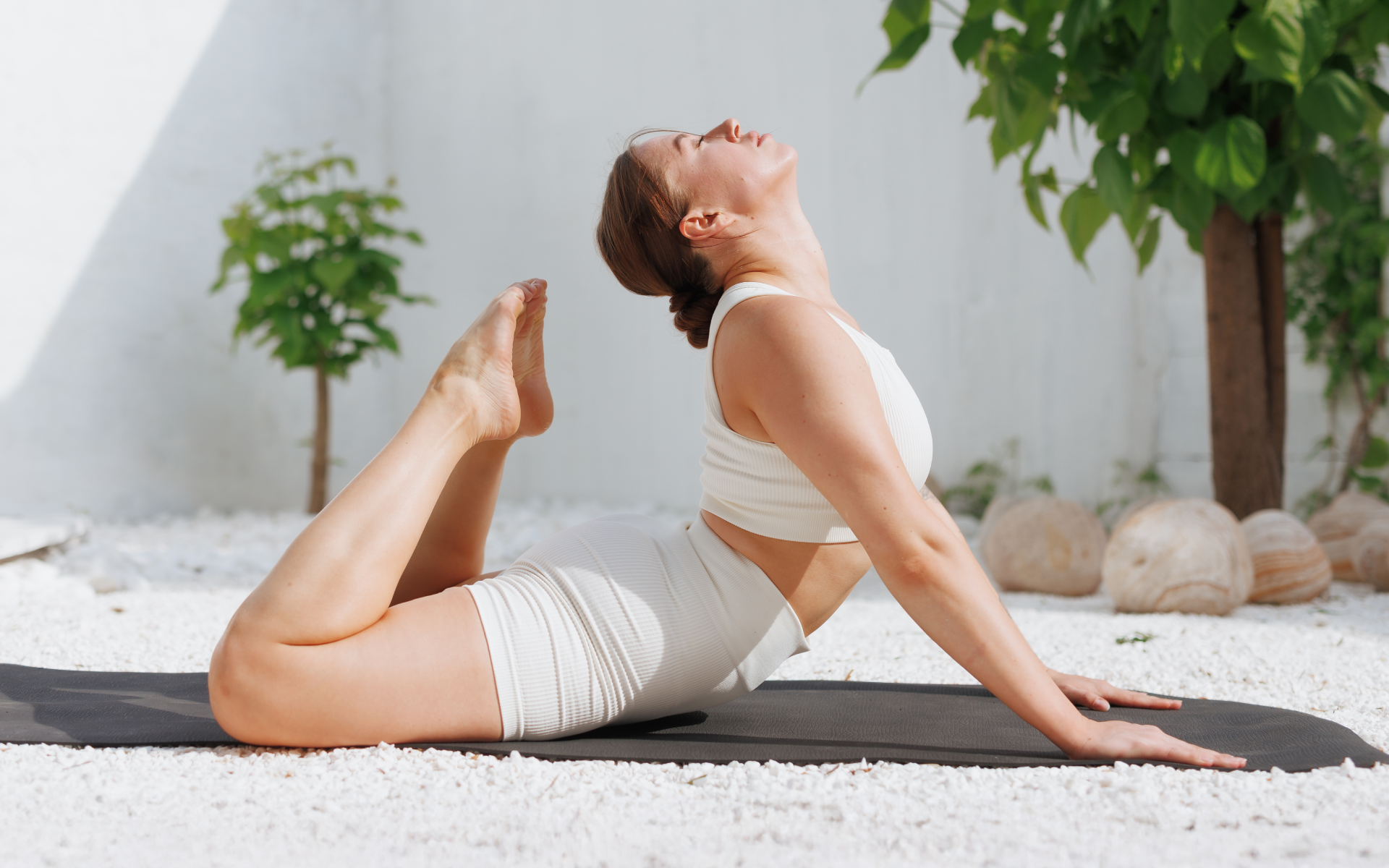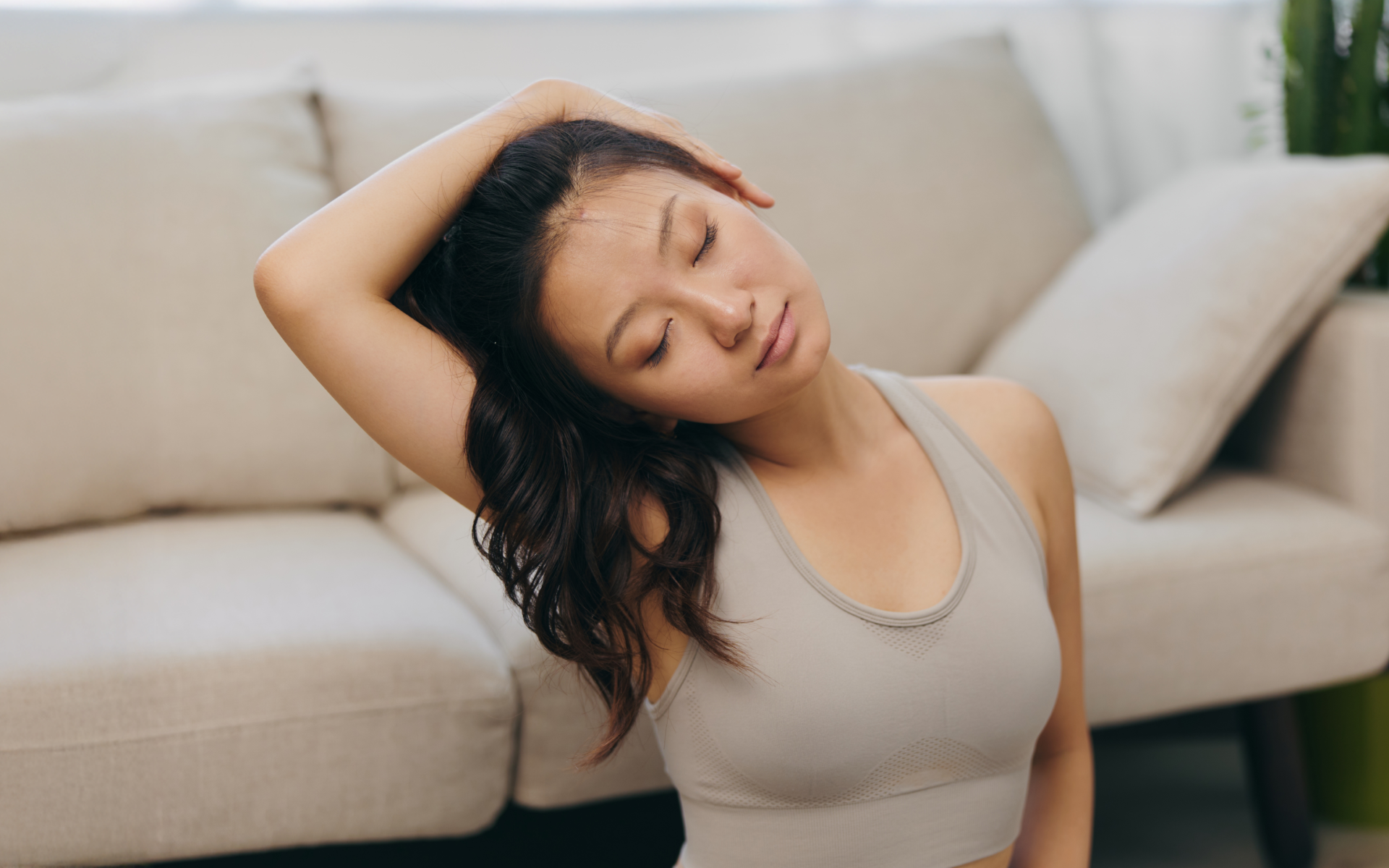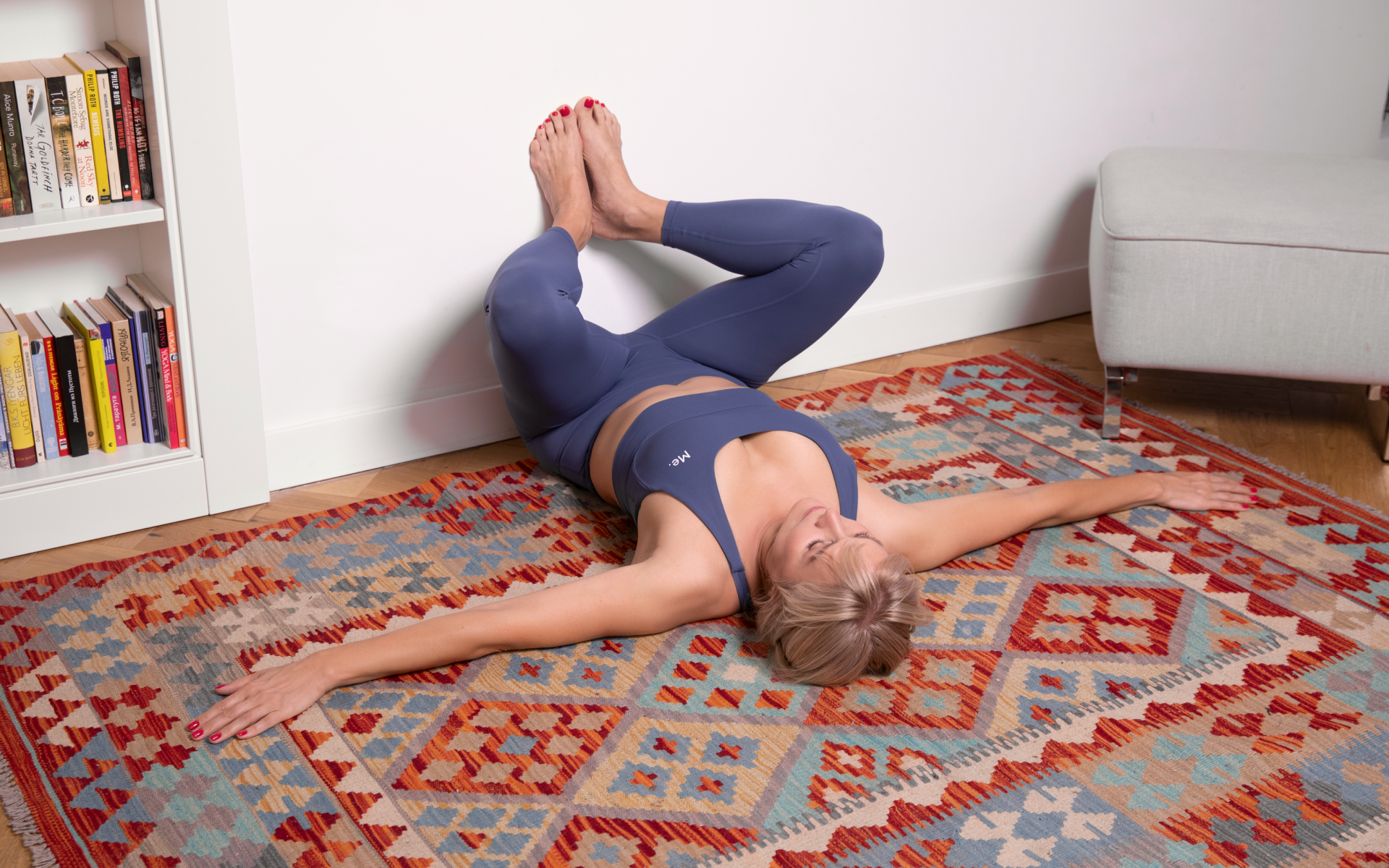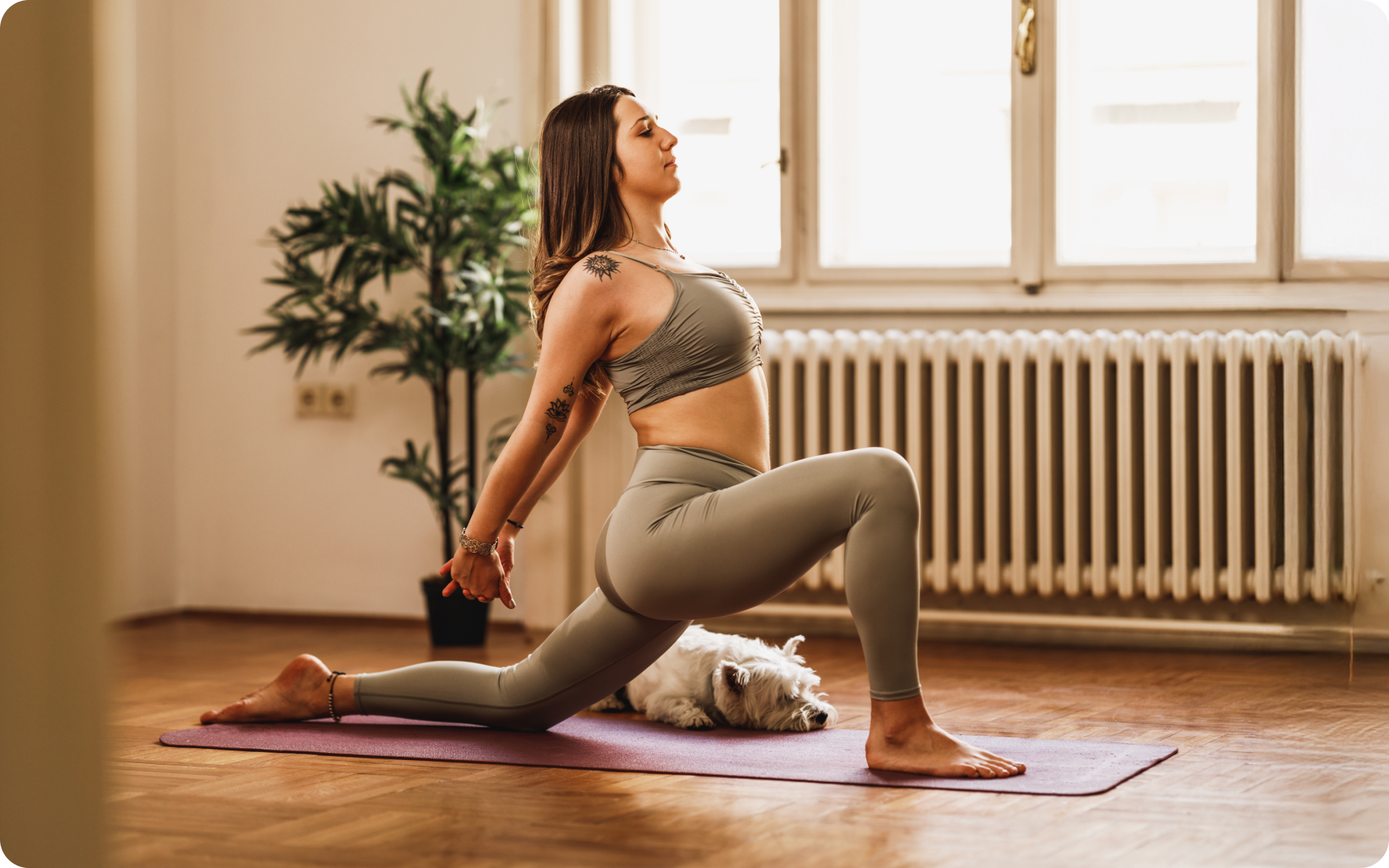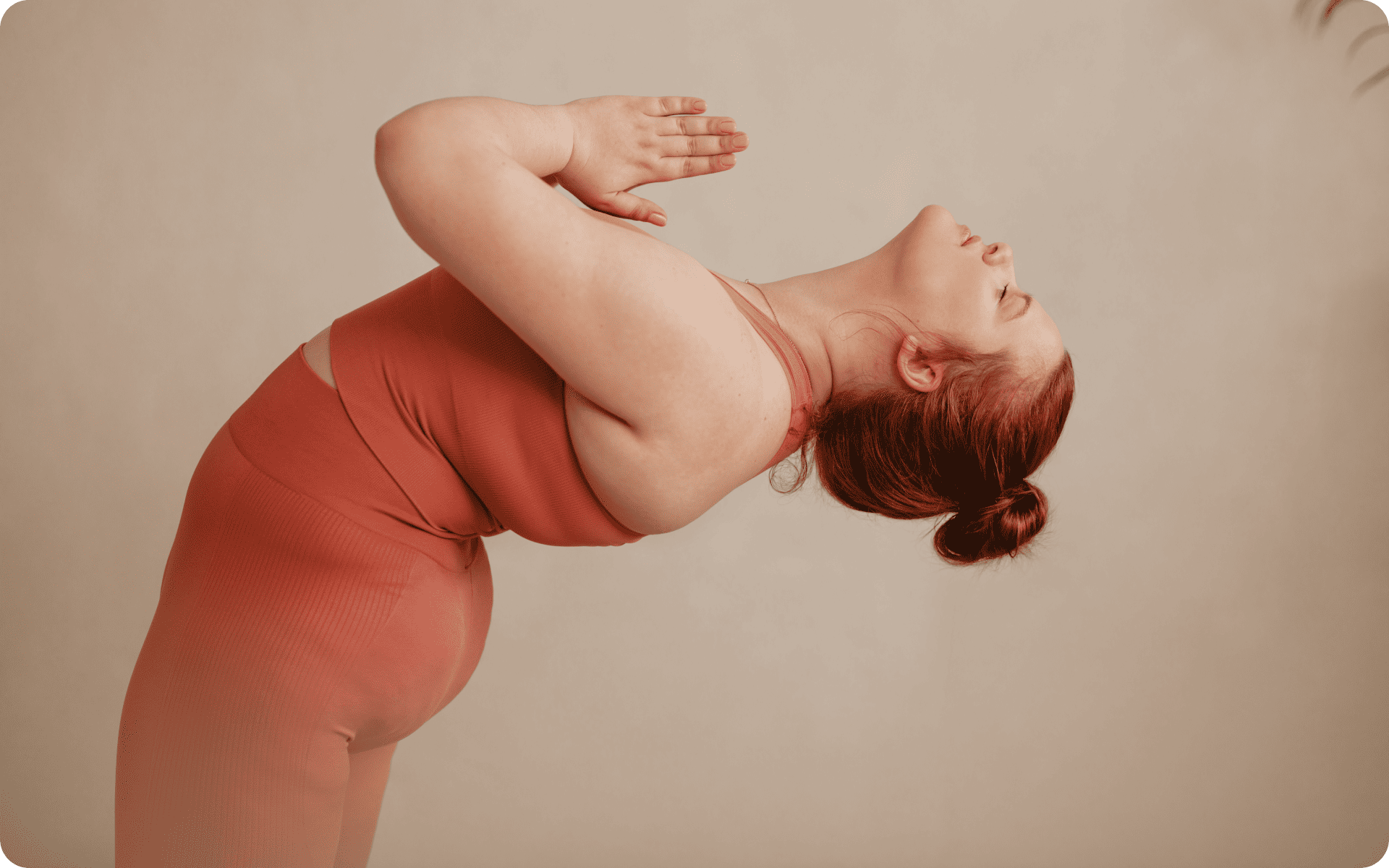Scrolling down your yoga mat options, you might find yourself overwhelmed by all the choices. With so many materials, colors, designs, and styles to choose from, how do you know what is best for your needs? Do you really need a yoga mat anyway? Well, yes you do. Before you give up entirely and just go with the cheapest option, read on to learn more about what to look for when shopping for a yoga mat in 2023. And, FYI – a yoga mat is more than just a thin piece of foam. The right mat can make or break your practice. The right mat should provide the perfect balance of cushioning and stability. It should be comfortable to stand on, and you should also be able to move around easily without the mat slipping out from under you.
Here’s Our Beginner’s Guide To Choosing The Best Yoga Mats Of 2023
PVC Or Natural, Or A Combination? Yoga Mat Material 101
The material of a yoga mat is an important factor in providing the right grip and cushioning. It also determines how much use you’ll get out of it and how well it will last. Below, we’ve listed the most common yoga mat materials, their pros and cons, and what they’re good for.
- Polyvinyl Chloride (PVC) – This is the most common material for yoga mats, and it’s also one of the least expensive. PVC is durable, easy to clean, and non-slip. The downside is that it’s not environmentally friendly and can contain toxic chemicals (3). If you want a budget-friendly mat, PVC is your best option.
- Natural Rubber – Natural rubber mats are more expensive than PVC, but they’re more eco-friendly and provide better grip and cushioning. Natural rubber is also very grippy, making it a great choice for those who practice hot yoga.
- Thermoplastic Elastomers (TPE) – This is a newer material, and it’s becoming increasingly popular. It’s essentially a blend of rubber and plastic, and it’s non-toxic, recyclable, and very lightweight (2). They are less durable than rubber mats, but they still offer good traction for sweaty hands and feet.
- Cotton or Jute – The most eco-friendly option, cotton and jute mats have a natural grip that makes them great for hatha yoga. The floor traction is less than with rubber mats, but these materials are soft and comfortable. Cotton and jute mats need to be washed after each use.
Read More: Yoga Wheel Benefits For Beginners And Experts
Thickness-Just How Much Do You Need?
Yoga mats come in a variety of thicknesses, ranging from 1/8″ to 1/4″. Generally speaking, the thicker the mat, the more cushioning it will provide. But keep in mind that a thicker mat may not be as stable when you’re transitioning from one pose to the next.
If you’re a beginner, opt for something in the middle – around 1/8″ thick. This should provide enough cushioning and stability for most poses.In short, a thinner mat is best for increasing stability for more active poses that require balance, focus and some technique. While buying a thin yoga mat, ensure that it has a textured surface that allows for better grip and stability.
A thicker mat is best for yoga sessions that require you to hold long poses (think restorative yoga, yin yoga, etc.) and if you’re more sensitive to the floor. Thicker mats are also great for people with injuries or chronic pains who need a little extra cushioning on their joints.
Does Size Matter?
When it comes to yoga mats, size does matter – but not for everyone. Most standard-sized mats measure around 68″ long, 24″ wide, and 1/8″ thick. If you’re taller than average or like to spread out when practicing yoga, consider buying a longer mat.
There are also wider mats, designed for wider stances and bigger movements. However, these often come at the cost of a thicker mat and sacrificing some stability.
Cost, Caring And Maintenance
The price of a yoga mat depends on its material and thickness, but you can usually find a good quality mat for around $50. If you plan on taking your yoga practice seriously, investing in a high-quality mat that will last you years is worth considering.
It’s important to take care of your mat and clean it regularly. Use a mild soap or yoga mat cleaner and avoid soaking the mat, as that can damage it. After every use, hang your mat to air dry.
To keep the mat from slipping on a wooden floor, sprinkle some cornstarch or baking soda on it before each practice session. This will give the mat a bit of extra grip.
Looking for a way to break the vicious cycle of weight loss and tone up all the jiggly parts? Watch the extra pounds fly off and your muscles firm up with the BetterMe app!
Which Type Of Yoga Are You Doing?
The type of yoga you practice can also influence your choice of mat. That’s because some poses require more grip, while others need extra cushioning. For instance:
- If you’re practicing power yoga (the more vigorous type of yoga) – you’ll likely want a mat with strong grip, as well as some cushioning. We recommend a natural rubber mat with a textured surface.
- If you’re practicing hot yoga (the type of yoga done in a heated room) – you’ll need a mat that’s very grippy and non-slip. We recommend a natural rubber or TPE mat with a textured surface.
- If you’re practicing restorative yoga (the type of slow-paced, gentle practice) – you’ll want a mat that’s extra cushiony and soft. We recommend a memory foam, eco-friendly cotton or cork mat with a suede surface.
- If you’re practicing yogalates (the fusion of yoga poses and pilates exercises) – you’ll need a mat that offers some cushioning, but still allows for freedom of movement. We recommend a natural rubber or TPE mat, with a textured surface.
- If you’re meditating or doing yoga nidra (the practice of conscious deep sleep) – you’ll want a mat that is firm and comfortable. We recommend an eco-friendly cotton or cork mat with a suede surface.
- If you’re practicing standing poses – you’ll need a mat that is firm and grippy. We recommend a natural rubber or TPE mat with a textured surface.
We could list all types of yoga and their specific mat recommendations, but the best way to figure out what kind of mat will work for you is to focus on the qualities you need like grip, cushioning and comfort. Giving careful consideration to your yoga practice will help you select the best mat for your needs.
Which Surface Will You Be Doing Yoga On?
The yoga mat you choose will depend on the style of yoga and where you practice. The beauty of yoga is that it can be done almost anywhere- in your living room, in a park, on the beach or even indoors. So choosing a mat that allows you to perform your best in your chosen setting is key.
- If you’re practicing indoors – such as in a studio – then you’ll want to invest in a mat that will cushion your body, provide support and grip the floor. For this, we recommend a thick, cushioning mat with a non-slip surface. PVC, foam or rubber mats are great for this purpose.
- If you plan to practice outdoors – then a lightweight and travel-friendly mat is best. Choose one that is designed to grip the ground, so you don’t slip and slide while in poses. Natural rubber mats are great for outdoor use as they provide excellent grip without bunching or curling, and dry quickly in the sun.
- For those who practice on hardwood or tiled surfaces – you may want to consider a mat topper. This is a thin, cushioning layer that can be placed overtop of any type of surface to make it more comfortable and easier to practice on.
The Best Yoga Mats: Frequently Asked Questions
Now that you know what to look for in a yoga mat, it’s time to get out and find one that suits your practice. The right mat can make all the difference when it comes to enjoying a good yoga session – so choose wisely!
Here are some answers to commonly asked questions about yoga mats:
Q: What Is The Best Thickness For A Yoga Mat?
A: Generally speaking, the thicker the mat, the more cushioning it will provide. For most practices, a mat that is 6mm thick is suitable. If you’re a heavier person or doing more vigorous practices, then look for mats 8-10mm thick. For restorative yoga, a mat that is 3-5mm thick will provide more than enough cushioning.
Read More: What Is An Asana In Yoga?
Q: What Is The Best Material For Yoga Mats?
A: The material of your yoga mat should depend on the practice you’re doing. A more vigorous practice on a potentially slippery surface will require a grippy and sweat-resistant mat – such as one made of natural rubber. For more gentle practices, an eco-friendly cotton or cork mat will provide the support you need.
Q: What Are The Benefits Of Using A Yoga Mat?
A: A yoga mat is an essential tool for all yogis – it provides a safe and comfortable surface to practice on and helps you stay focused. It also protects you from the cold and hard floor, which can cause pain and discomfort (1). Plus, it can help you move with ease and confidence knowing that your mat won’t slip or slide.
Q: How Do I Clean My Yoga Mat?
A: Cleaning your yoga mat is essential for keeping it in good condition and free from germs. Most mats can be wiped down with a natural cleaning solution or mild soap and water. Let your mat dry completely before rolling it up and storing it away.
Q: Why Is My Mat So Slippery?
A: Slippery mats can be a real problem for some yogis. There are several reasons why this happens, such as using the wrong type of mat for your practice type or not properly cleaning and caring for your mat. Putting lotion on your body before practice can also increase the chances of slipping.
To reduce the risk of slipping, use a mat that is specifically designed for your type of practice and ensure it’s properly cleaned and cared for. Layer a performance yoga towel over your mat to provide extra grip if needed.
If you tend to let yourself off the hook, raise the white flag when things get tougher than you expected, send yourself on an unconscious binge-eating trip – BetterMe app is here to help you leave all of these sabotaging habits in the past!
Q: Are Yoga Mats Different For Men And Women?
A: Not necessarily. Yoga mats come in all shapes, sizes and types – so there should be something suitable for both men and women. Most brands also carry unisex options, so you can take your pick from a range of products. Aesthetically, men’s and women’s mats may differ in colors, patterns, or designs.
Q: How Long Does A Yoga Mat Last?
A: Depending on how often you practice and how well you take care of your mat, it can last anywhere from a few months to several years. Investing in a quality yoga mat and taking the time to properly clean and care for it will help extend its life.
The Bottom Line
With a wide range of options available, finding the right yoga mat for your practice can be overwhelming. However, by taking into consideration the type of practice you do, the material of the mat, and other important factors, you should be able to find one that works best for your needs.
DISCLAIMER:
This article is intended for general informational purposes only and does not serve to address individual circumstances. It is not a substitute for professional advice or help and should not be relied on for making any kind of decision-making. Any action taken as a direct or indirect result of the information in this article is entirely at your own risk and is your sole responsibility.
BetterMe, its content staff, and its medical advisors accept no responsibility for inaccuracies, errors, misstatements, inconsistencies, or omissions and specifically disclaim any liability, loss or risk, personal, professional or otherwise, which may be incurred as a consequence, directly or indirectly, of the use and/or application of any content.
You should always seek the advice of your physician or other qualified health provider with any questions you may have regarding a medical condition or your specific situation. Never disregard professional medical advice or delay seeking it because of BetterMe content. If you suspect or think you may have a medical emergency, call your doctor.
SOURCES:
- Benefits of Using a Yoga Mat (n.d., yogamat.org.uk)
- Is TPE Eco-Friendly? The True Environmental Impact (n.d., theroundup.org)
- PVC Yoga Mat Safety (n.d., livestrong.com)
